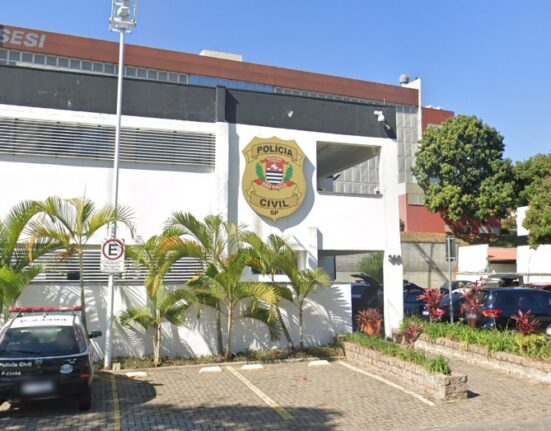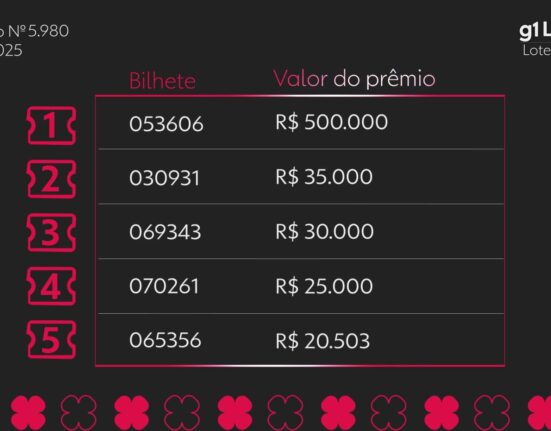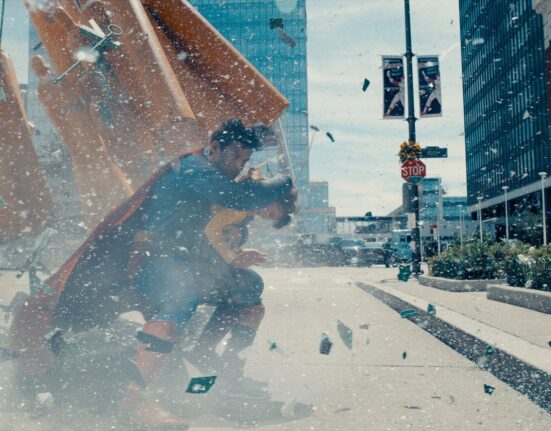Decades ago, Kodak was synonymous with photography and family memories. However, it also became a cautionary tale of a major company that failed to adapt to the digital revolution, much like Blockbuster with movies. Despite being a pioneer in digital photography technology, Kodak filed for bankruptcy in 2012 after losing ground to digital photography. Today, the brand is experiencing an unexpected resurgence, albeit not in its original field.
The New York Times recently covered Kodak’s rise and second life, highlighting its newfound success in the fashion and brand licensing industry. In South Korea, particularly in the Seongsu-dong district, dubbed the “Brooklyn of Seoul,” Kodak has become a lifestyle icon. At the Kodak Corner Shop, amidst trendy cafes and alternative fashion stores, products like shirts, dresses, caps, and backpacks featuring the classic yellow and red logo are sold. The slogan “Share moments. Share life,” introduced over two decades ago, continues to capture attention. Young marketing student Lee Young-ji expressed, “Kodak has not lost its emotional appeal,” as she explored the store with her photographer friend, reminiscing about analog photography and simpler times.
This resurgence is driven by a Korean cultural trend called “newtro,” blending new and retro elements to reinvent vintage styles with a modern twist. Kodak, alongside American brands like National Geographic and Lockheed Martin, has capitalized on this trend through brand licensing for various products and clothing lines. Notably, Kodak Apparel, a clothing brand inspired by Kodak’s heritage, has gained popularity, particularly in South Korea where there are 123 physical Kodak clothing stores and expanding to other Asian markets.
Maura Regan, President of Licensing International, emphasized the emotional connection between consumers and beloved brands as a key driver behind brand licensing strategies. Kodak’s evolution is evident in its revenue growth, with a reported $1 billion in 2023 compared to a significantly higher figure in 1990. Despite significant changes like the repurposing of its Rochester headquarters and increased focus on brand licensing, some experts view this shift with caution. Marketing professor Timothy Calkins expressed concern over what he sees as a decline in the brand’s core identity.
Nevertheless, others see an opportunity for Kodak to redefine itself beyond photography and establish a new brand identity. While the brand continues to generate revenue through licensing agreements, some experts remain skeptical, viewing it as a sign of Kodak’s brand erosion. As the company navigates this new chapter, there is potential for Kodak to emerge as a brand that transcends its photographic roots, embracing a diverse range of products and experiences.
In conclusion, Kodak’s unexpected revival in the fashion and brand licensing industry showcases the brand’s resilience and adaptability in a rapidly changing market landscape. By embracing trends like “newtro” and exploring new avenues for brand expansion, Kodak is rewriting its narrative and creating a new legacy that extends beyond its traditional realm. As the brand navigates this transformation, it offers a compelling case study on brand reinvention and the power of nostalgia in driving consumer engagement and loyalty.









Leave feedback about this